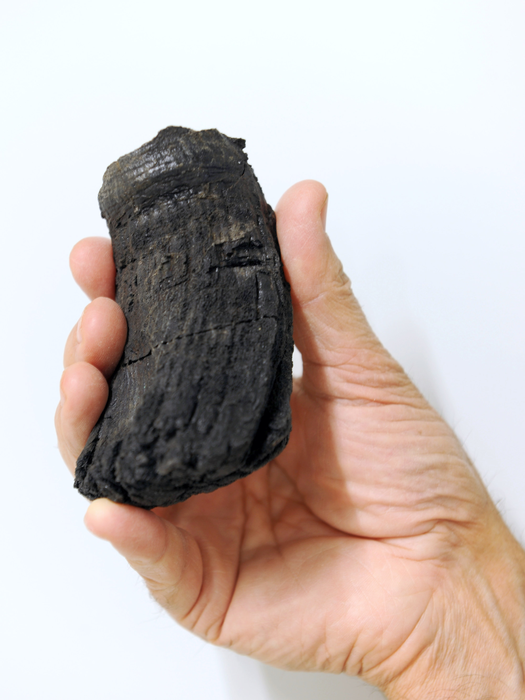The Alps (left) Image: Geir Pettersen via Getty Images. Martin Sander with a rib of the larger skeleton. The estimated length of the animal is 20 meters (right). Image: © Laurent Garbay/University of Bonn
ABSTRACT breaks down mind-bending scientific research, future tech, new discoveries, and major breakthroughs.
Advertisement
Advertisement
Advertisement


